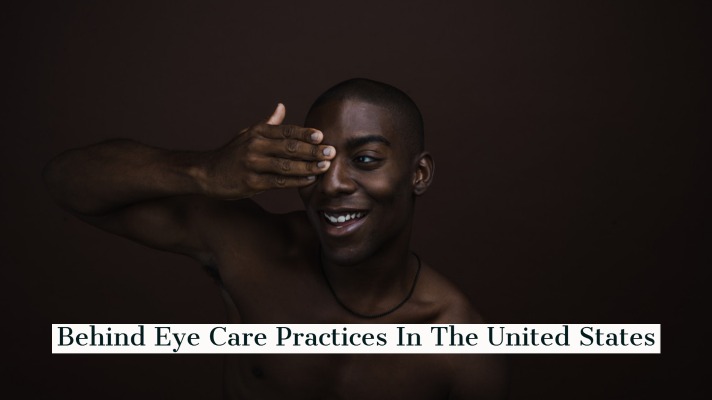
Updated 2/15/21
For many people, their vision is one of the greatest gifts they have been given. Sadly, far too many people take their vision for granted until things start to go wrong. Issues like cataracts, near and far-sighted vision, binocular vision, glaucoma, and cancer can rob people of their vision. It is extremely important to take care of your eyes and making and keeping regular eye care appointment meetings is the best way to do this all year long.
Often times, issues that lead to required eye care surgery could have been fixed or at least delayed with proper care and attention earlier on. Working with a skilled optometrist is a great way to stay on top of your vision health and to catch and also address issues before they become major problems. Local eyecare vision services are likely plentiful if you take the time to look. A simple Google search of “ eye clinics in my area” can give you a great starting point. Taking care of your eyes is a day in and day out responsibility and a vision care expert can help you formulate a plan that will take care of your eyes all year long.
Vision problems are common among all different kinds of people in all parts of the United States, and often necessitate a visit with an experienced optician in order to obtain the proper method of treatment. Common conditions include nearsightedness and farsightedness, as well astygmatism and the natural degeneration of vision as people begin to grow older. There are other more serious conditions as well that should be under the close supervision of an optician, such as macular degeneration and cataracts.
Nearsightedness is by and large one of the most common problems that a person experienced vision issues will face, as it effects more than forty percent of the population of the United States, requiring treatment in children and adults alike. In fact, nearsightedness most often first appears in childhood, at or before the age of twelve. Though nearsightedness is a lifelong condition that will need to be consistently monitored with once a year optician visits and corrective vision aides, it typically stops progressing by the age of twenty and the patient will is likely to have the same degree of nearsightedness for the rest of their life.
Farsightedness is another common vision problem that can be diagnosed by an optician, though it is far less common than nearsightedness, which is primarily diagnosed. In fact, only around ten percent of people in the United States at most have been diagnosed with farsightedness to some extent, but it is still a problem that many (if not all) opticians screen for.
Both of these common vision problems are treated with corrective eye wear like eye glasses or contacts (and many people are prescribed both and decide on a day to day basis which they will wear). Eye glasses now come in variety of shapes and colors and are often to be considered a fashion accessory as much as way to correct a vision problem such as nearsightedness or farsightedness. In fact, eye wear is used by more than sixty percent of the adult population of the United States, and becomes increasingly common as people age. This is because eyesight naturally degenerates over time and with age, and everyone – no matter how perfect their vision was in their youth, eventually requires the use of reading glasses.

Unfortunately, there are other vision complaints often seen by an optician. For instance, eye strain is becoming more and more common and more and more work becomes based on screens such as laptops and desk top computers. Spending too much time looking at a screen – even a screen as commonplace and everyday as a phone screen – can lead to dry and tired eyes, and even eye soreness. This can be avoided by regularly taking breaks from screen use, and some glasses even come with a filter to filter out the harmful blue light that most screens project. As the average person now spends as many as eight hours every day looking a screen, eye strain and other related problems have become all too common among the American people.
More serious problems are also seen, and many are linked to UV exposure over the course of a person’s life. UV exposure, much as it is dangerous to the skin on our bodies, has been proven to be dangerous to our eyesight and overall eye health as well. Cataracts and a disease known as macular degeneration are often directly linked to prolonged UV exposure, and skin cancer can even develop in the fragile and delicate skin around our eyes, including the skin of our eyelids. Fortunately, this can be prevented through the regular use of sunglasses – but only those that can filter out at least ninety ninety percent of UV rays, if not one hundred percent of them.
As vision problems are common, seeing an optician should be a regular – at least annual – occurrence, particularly if vision problems are preexisting. An eye specialist will monitor any concerning problems and can assess the overall health of your eyes through a few simple tests. An optician can also give you a prescription for eyeglasses or contacts if it is found to be necessary, and can even teach you how to use your contacts.
